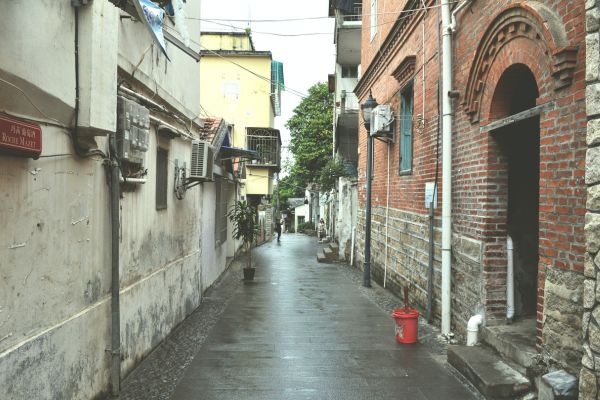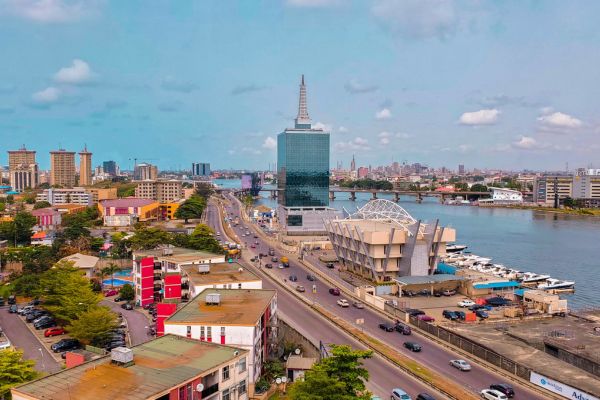
The Personal Bankruptcy Regulation of Shenzhen Special Economic Zone (深圳经济特区个人破产条例, hereinafter referred to as “the Regulation”) was enacted on 31 Aug. 2020 and will come into effect on 1 Mar. 2021. This is China’s first regulation on personal bankruptcy, even though it is only applicable in Shenzhen.
The Regulation has a total of 173 articles, which aims to (1) regulate the personal bankruptcy procedures; (2) balance the relationship between debtors, creditors, and other interested parties; and (3) help creditable debtors to regenerate financially.
Previously, China had only the Enterprise Bankruptcy Law applicable to the whole country, but there was no enactment of personal bankruptcy law. Therefore, the law was dubbed as “half bankruptcy law” by Chinese scholars. Now, the Regulation has filled in the other half, at least in Shenzhen.
Why Shenzhen took the first step?
Shenzhen is in a leading position in China’s technological innovation field. There are not only tech giants such as Huawei and Tencent, but also a large number of small and medium-sized startups. Personal bankruptcy may free the honest but failed entrepreneurs from their predicament and allow them to begin again, thereby encouraging more people to start their businesses. Hence, the Regulation will help Shenzhen to ensure its position as the capital of entrepreneurship and innovation.
How many people will apply for bankruptcy in Shenzhen each year after the Regulation has been adopted?
As Judge Cao Qixuan (曹启选), Director of the Bankruptcy Division in Shenzhen Intermediate People’s Court, indicated, considering that the application for personal bankruptcy was about 1/1000 of the population in Hong Kong, the personal bankruptcy cases in Shenzhen are estimated to be 5000 to 6000 each year, since the Regulation would apply to around 6 million people.
The highlights of the Regulation are as follows.
1. The Regulation applies to the natural persons who reside in the Shenzhen Special Economic Zone subject to certain requirements.
2. After a natural person debtor (hereinafter “debtor”) undergoes bankruptcy liquidation, reorganization, or resettlement, his/her outstanding debts may be exempted according to the Regulation.
3. Personal Bankruptcy cases are under the jurisdiction of the Shenzhen Intermediate People’s Court. The authority of bankruptcy designated by the Municipal People’s Government is responsible for the administration of personal bankruptcy
4. In order to safeguard the basic living and rights of the debtor and his/her dependents, the debtor may keep the exempted property, such as the necessities for the life, study, and medical treatment of the debtor and his/her dependents.
5. Where the applicant applies for bankruptcy for improper purposes such as transferring property, malicious evasion of debts, or damaging others’ reputation, the court shall refuse to accept the application.
6. When the debtor is in a state of bankruptcy or is on the verge of bankruptcy, the acts of concealing, transferring, or improperly disposing of property and property rights in order to evade the debt may be canceled, or be recognized as null and void.
7. The procedures for personal bankruptcy include bankruptcy liquidation, reorganization, or resettlement. The bankruptcy liquidation is the most typical one. Its procedures are as follows.
(1) Application: the applicant (the debtor or the creditor) files an application for bankruptcy to the court.
(2) Acceptance: After reviewing the application for bankruptcy, the court rules to accept the application, and at the same time designates the bankruptcy administrator and renders a decision restricting the acts of the debtor, as well as issues an acceptance announcement. Thereafter, the debtor’s behaviors will be restricted.
(3) Declaration: the debtor declares the property, and the creditors declare the claims.
(4) Convening of the creditors’ meeting: the creditors’ meeting reviews the report on the property of the debtor, the list of the exempt property, and the declaration of creditors.
(5) Declaration of Bankruptcy: the debtor or the administrator may apply to declare bankruptcy to the people’s court. If the people’s court finds that the debtor meets the conditions for bankruptcy declaration, it shall render a ruling to declare bankruptcy.
(6) Property Distribution: The bankruptcy administrator drafts the distribution plan for bankruptcy property. After the creditor’s meeting adopts the plan, the administrator should submit the plan to the court for approval. Upon approval of the people’s court, the bankruptcy administrator shall implement the plan.
(7) The Inspection Period: Three years after the bankruptcy declaration is the inspection period. During the inspection period, the debtor will continue to be restricted in its behavior, and he/she shall register and declare information on personal income, expenditure, and property status in the bankruptcy information system of the bankruptcy management department every month.
(8) Exemption of debt: After the expiration of the inspection period, the debtor may apply to the people’s court to exempt the outstanding debts. The people’s court shall rule to exempt the outstanding debt based on the application of the debtor and the report of the administrator, and render a determination to release the restriction of the debtor’s behaviors.
Photo by Joshua Fernandez (https://unsplash.com/@calvero) on Unsplash
Contributors: China Laws Portal Team









